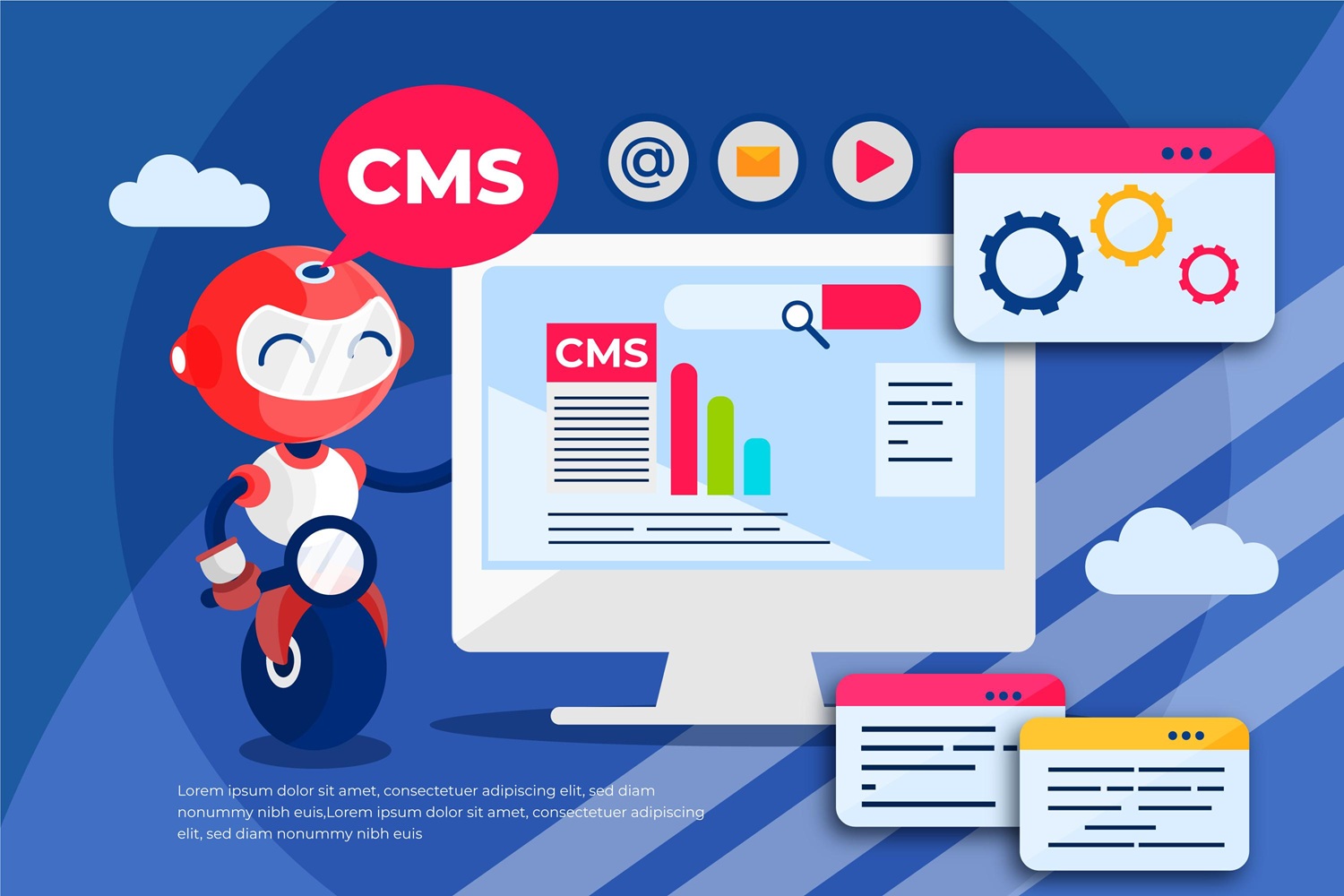In today’s fast-paced digital landscape, software development has evolved to prioritize speed, efficiency, and automation. Continuous Integration/Continuous Deployment (CI/CD) pipelines, DevOps practices, and automated testing tools have become integral to delivering software rapidly. Amidst this automation revolution, one might question the relevance of manual Quality Assurance (QA) testing. However, manual QA testing remains a cornerstone in ensuring software quality, user satisfaction, and overall product success.
The Essence of Manual QA Testing
Manual QA testing involves human testers executing test cases without the assistance of automation tools. Testers simulate end-user behaviors to identify defects, assess usability, and ensure that the software meets specified requirements. This hands-on approach allows for a nuanced understanding of the application’s functionality, something that automated tests may overlook.
The Human Touch: Irreplaceable in QA
While automated testing excels at repetitive tasks and regression testing, it lacks the human intuition necessary to evaluate user experience comprehensively. Manual testers bring critical thinking, creativity, and empathy to the testing process, enabling them to:
- Identify UI/UX Issues: Human testers can assess the intuitiveness of navigation, the clarity of content, and the overall user journey, aspects that automated tests cannot effectively evaluate.
- Perform Exploratory Testing: Testers can explore the application beyond predefined test cases, uncovering unexpected behaviors and edge cases.
- Adapt to Changes: Manual testers can quickly adjust to changes in requirements or design, providing immediate feedback without the need for script modifications.
Scenarios Where Manual Testing Excels
Despite the advancements in automation, certain testing scenarios are best suited for manual approaches:
1. Exploratory Testing
Exploratory testing involves simultaneous learning, test design, and execution. Testers explore the application to discover defects that are not covered by existing test cases. This approach is particularly useful in early development stages or when testing new features.
2. Usability Testing
Assessing the application’s usability requires human judgment. Testers evaluate how user-friendly the application is, considering factors like layout, responsiveness, and accessibility.
3. Ad-hoc Testing
In situations where formal test cases are absent, ad-hoc testing allows testers to randomly test the application, often revealing defects that structured testing might miss.
4. Localization and Internationalization Testing
Manual testing is essential when verifying that the application functions correctly across different languages, cultures, and regions, ensuring that translations and cultural nuances are appropriately handled.
Limitations of Automated Testing
While automated testing offers speed and repeatability, it has its limitations:
- High Initial Setup Cost: Developing and maintaining automated test scripts requires significant time and resources.
- Limited Scope: Automated tests are only as good as the scenarios they cover. Unanticipated user behaviors may go untested.
- Inflexibility: Automated tests may struggle with dynamic content or frequent UI changes, leading to false positives or negatives.
Integrating Manual and Automated Testing
The most effective QA strategies leverage both manual and automated testing. Automation handles repetitive, high-volume tasks, while manual testing addresses complex, user-centric scenarios. This hybrid approach ensures comprehensive test coverage and enhances software quality.
Manual QA Testing in Agile and DevOps Environments
Agile and DevOps methodologies emphasize rapid development cycles and continuous delivery. Manual testing complements these practices by providing:
- Immediate Feedback: Testers can quickly assess new features and provide feedback, facilitating faster iterations.
- Flexibility: Manual testing adapts to changing requirements, a common occurrence in Agile environments.
- Collaboration: Testers work closely with developers and stakeholders, ensuring that the software aligns with user expectations.
The Future of Manual QA Testing
As software development continues to evolve, the role of manual QA testing remains vital. The human element in testing brings a level of insight and adaptability that automation cannot replicate. By focusing on areas where human judgment is paramount, manual testers contribute significantly to delivering high-quality, user-friendly software.
CycloneWebz India Pvt. Ltd. recognizes the enduring importance of manual QA testing. Our dedicated team of experienced testers ensures that your software not only functions correctly but also provides an exceptional user experience. By integrating manual testing into your QA strategy, you can achieve a balanced, thorough approach to software quality assurance.
Contact CycloneWebz India Pvt. Ltd. today to learn how our manual QA testing services can enhance your software development process.





